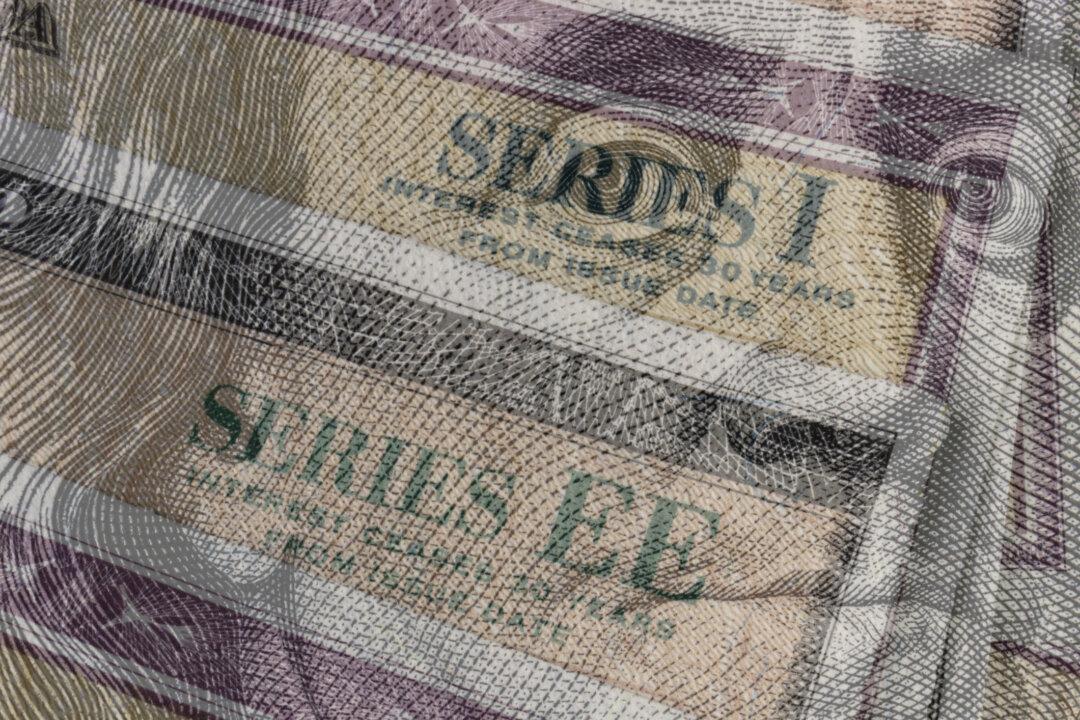The typical short-term taxable bond fund has lost a hard-to swallow 4 percent to 6 percent this year through early September. Fast-climbing interest rates exacted this heavy cost, usurping two years or more of yield. But you know that.
So here’s a query: What is the typical growth rate of these funds’ cash distributions since just before the Federal Reserve threw the interest rate switch in March? The answer: 94 percent. Monthly payouts from the 10 largest such funds are riding a rocket ship, nearly doubling already, with more raises to come.
American Funds’ Intermediate Bond Fund of America (symbol FIFBX), a short-term fund despite its name, tops the list with a 246 percent boost since early March. Annualizing its latest monthly payment works out to a 4.2 percent yield—about where economists and fixed-income fund managers expect the Fed to drive short-term rates over the next several months before pausing to assess the effects on the economy, inflation, and investor moods.
True, a fund that pays you 4.2 percent but shows a year-to-date total “return” of negative 6 percent still does not sound enticing.
What’s likely to be the most rewarding way to tap into chunkier short-term interest rates once the Fed reaches its plateau? And do managers of short-term bond and bond-like mutual funds and exchange-traded funds have strategies to deliver extra yield? I asked short-term bond lifers whether better conditions are nigh.
It is no surprise to report their answer is yes. Matt Freund, head bond strategist for Calamos Investments, says the time to stay away has come and gone. “It looks more every day like you will get paid for the risks you are taking,” he says.
Translated: Even with higher bank savings rates, bonds and notes freshly issued or priced in the open market to yield 3 percent to 5 percent are much more tempting than bonds that yielded less than 2 percent six months ago.
I understand that super-safe CDs, Treasury bills and money market funds now pay a fair wage. But I cannot ignore the uptrend in fund distributions—and why it will continue for a while after the Fed stops raising rates. There is always a lag in a fund’s interest-generating power in a rising rate environment because lower coupon stuff matures gradually, and higher-coupon debt takes its place.
I asked portfolio manager Ron Stahl at Columbia Threadneedle how long he would expect a fund such as Columbia Short Duration Bond ETF (SBND) or Columbia Short Term Bond Fund (NSTRX) to keep raising monthly payouts after the Fed stops hiking. He did not want to be pinned down lest anyone interpret that as a guarantee, but it could be as long as four months.
Freund notes that his firm’s short funds buy floating-rate and short-term high-yield debt that will keep paying more for a decent spell whatever happens with Fed funds rates. You might not see your short-term fund redouble the monthly pay packet throughout 2023, but your income should be more than able to keep up with the Powells and the Yellens. The immediate future is brighter for this beleaguered fraternity of funds.
(Jeffrey R. Kosnett is a senior editor at Kiplinger’s Personal Finance magazine. For more on this and similar money topics, visit Kiplinger.com.)






